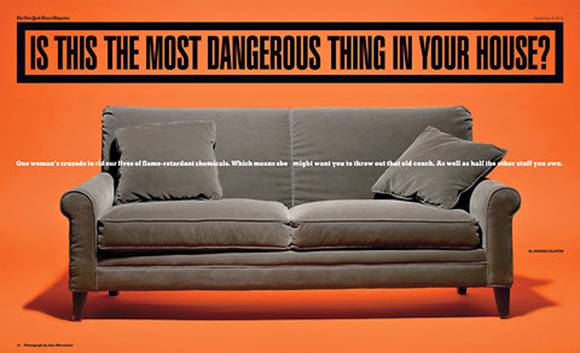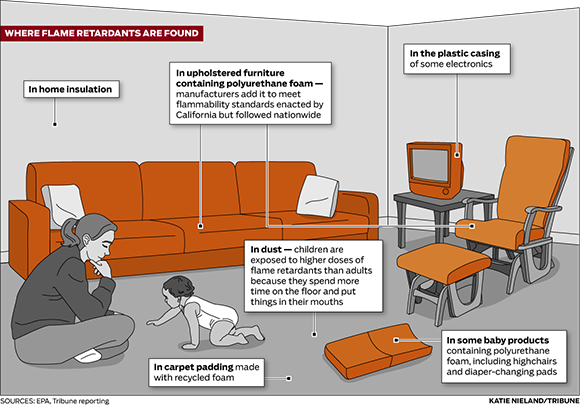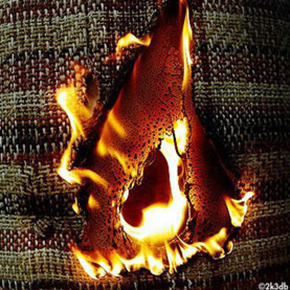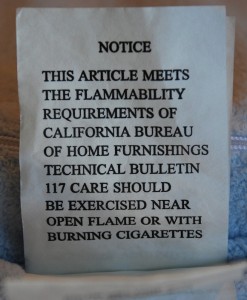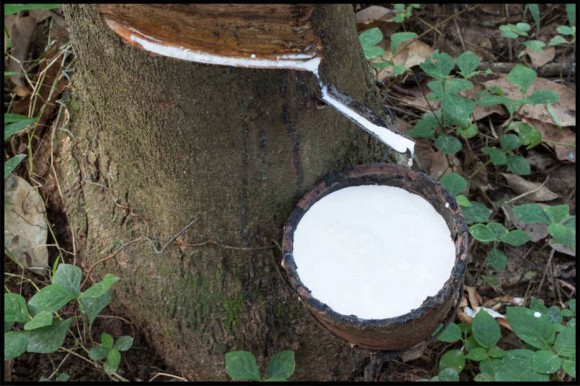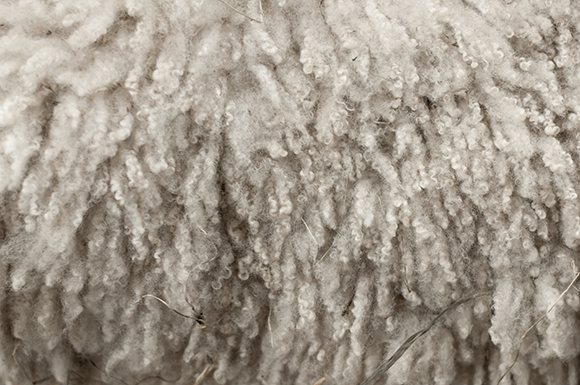Healthy or “Green” Sofas
by Guest Blogger, Jennifer Davidson, Allied ASID, LEED AP
You should know about “green design” – the idea that we can design and build in a way that is more in tune with nature; healthier, and more sustainable. While it still is not possible to completely avoid industrially-produced products that are made with chemicals, it is possible to make smarter choices, both as a designer and as a consumer. Here’s how to source a healthier, greener couch or sofa for your home or office.
First, if you haven’t read my earlier post about healthy interiors, you should. It will help you make more informed decisions on a multitude of factors. Once you’re ready to think about healthier furniture, let’s begin with some history.
The state of the industry
A 1975 California standard led to the use of harmful and potentially harmful flame retardant chemicals in furniture and baby products across North America. Greensciencepolicy.org tested the foam of 101 American couches bought between 1984-2010 and found that 85% of the couches contained toxic or inadequately tested flame retardant chemicals in the foam. These chemicals are linked to numerous health and environmental problems.
Flame retardants found in couches
- TDCPP (chlorinated Tris), listed as a carcinogen by California in 2011
- PentaBDE, (pentabrominated diphenyl ether) globally banned due to toxicity and environmental persistence
- Firemaster 550, associated with obesity and anxiety in one animal study
Furniture manufacturers are making the switch to foam without flame retardants
In 2013 and 2014 the furniture industry reacted to the Prop. 65 listing of TDCPP and California’s revision of flammability standard TB 117. The industry began removing the chemical from furniture products.
A few of the bigger stores started phasing in healthier foam last July. Look for the “TB117-2013″ tag and confirm with a sales representative that the foam doesn’t contain flame retardants, which are not banned from furniture yet, but no longer required.
Soy-based vs. polyester foam
In an upholstered piece of furniture, the cushions need a filler of some kind. Before plastics, our grandparents and their parents used horsehair, feathers, wool or cotton batting, but with the rise of plastics, everything changed. Polyurethane foam was introduced as a cushion component in furniture in 1957 and quickly replaced other products because it was very inexpensive. Polyfoam cushions cost $2 vs. natural latex at $7 or $8.
Polyurethane foam is a by-product of the same process used to make petroleum from crude oil. The US Environmental Protection Agency (EPA) considers polyurethane foam fabrication facilities potential major sources of hazardous air pollutants including methylene chloride, toluene diisocyanate (TDI), and hydrogen cyanide.
O Ecotextiles tells us that an average queen-sized polyurethane foam mattress covered in polyester fabric loses HALF its weight over ten years of use. Where does the weight go? Polyurethane oxidizes, and it creates “fluff” (dust) which is released into the air and eventually settles in and around your home, and you breathe it in. Some of the chemicals include formaldehyde, styrene, toluene di-isocyanate (TDI), and antimony. Polyfoam breaks down rapidly, resulting in lumpy cushions, and has poor porosity, which traps moisture and results in mold, plus it is extremely flammable. Therefore flame-retardant chemicals are added to its production when used in mattresses and upholstered furniture.
Compare this with a bio-based foam made from soybeans. Companies claim that using soy in polyurethane foam production results in fewer greenhouse gas emissions, requires less energy, and could significantly reduce reliance on petroleum, but it actually contains very little soy. It’s more accurate to call it “polyurethane-based foam with a touch of soy”. Soy foam is not biodegradable either. What’s a consumer to do?
Natural latex
There is a viable (and yes, more expensive product choice): Natural latex (rubber). The word “latex” can be confusing for consumers, because it has been used to describe both natural and synthetic products. This product can be 100% natural (natural latex) or 100% man-made (derived from petrochemicals) – or it can be a combination of the two. Keep in mind that rubber and latex are the same thing.
Natural latex is breathable, biodegradeable, sustainably harvested, healthier, meaning totally nontoxic, mold/mildew proof, and it lasts longer than polyfoam – some reports say up to 20 times longer. I bet you know which one you should buy, based on this information.
Other healthier construction choices
Now that we’ve considered the foam itself in detail, let’s also briefly examine some elements of a couch and determine which will be the better choices to look for when selecting a “green” sofa.
Foam wrap – look for organic wool batting whenever possible. Wool is a breathable fiber that regulates itself to individual body temperature and really is warm in winter, cool in summer. It is naturally water-resistant, repelling moisture vapor through its fibers and making it resistant to rot, mold and mildew. It is also a rapidly-renewable material that takes little resources to produce.
Frame construction – Choose FSC-certified wood frames and water-based finishes. Avoid nails, choose screws instead for a stronger, more durable hold. If the manufacturer employs corner blocking with glue, ensure that it is water-based glue.
Fabrics – Many manufacturers such as Kravet and Pollack feature green fabric lines that meet strict performance standards, use recycled or sustainable fibers, and have been processed in facilities where wastewater is properly treated. You can also look for Cradle-to-Cradle certified products under Materials for Designers/Textiles to find 10 companies that manufacture textiles which meet C2C Certified standards, and can help you gain LEED points, if you are focused on Leadership in Energy & Environmental Design.
Return your old foam & keep your sofa – but healthier
The Green Science Policy Institute offers a program called the Safer Sofa Foam Exchange. Take your existing foam inserts which contain flame retardants purchased between 1978-2013 and exchange them for new, healthier foam for about $50 per cushion. The Green Science Policy Institute will use your old foam for testing and research to determine the safest way to dispose of these chemicals, many of which have long half-lives, remaining in the environment for many years. Participating locations include Foam Order in San Francisco, Kay Chesterfield Company in Oakland, The Foam Store of Marin (reach them through the Foam Order site), and Foam and Cushion in Concord. This way you can keep the same sofa that you’ve loved for years, but make sure you’re healthy to keep using it for years longer.
So now that you are armed with an understanding of what your options are, how to make the best choices for you, and how to find healthier furniture choices, I hope you will consider making your next purchase a more sustainable one.
___________________________
 JENNIFER DAVIDSON is a LEED Accredited Professional and holds an M.F.A. in Interior Architecture and Design from the Academy of Art University. She is the Social Media Chair for ASID California North Chapter and consults with interior design professionals on their small business needs. Contact her via makesocialmediaeasy.squarespace.com
JENNIFER DAVIDSON is a LEED Accredited Professional and holds an M.F.A. in Interior Architecture and Design from the Academy of Art University. She is the Social Media Chair for ASID California North Chapter and consults with interior design professionals on their small business needs. Contact her via makesocialmediaeasy.squarespace.com
